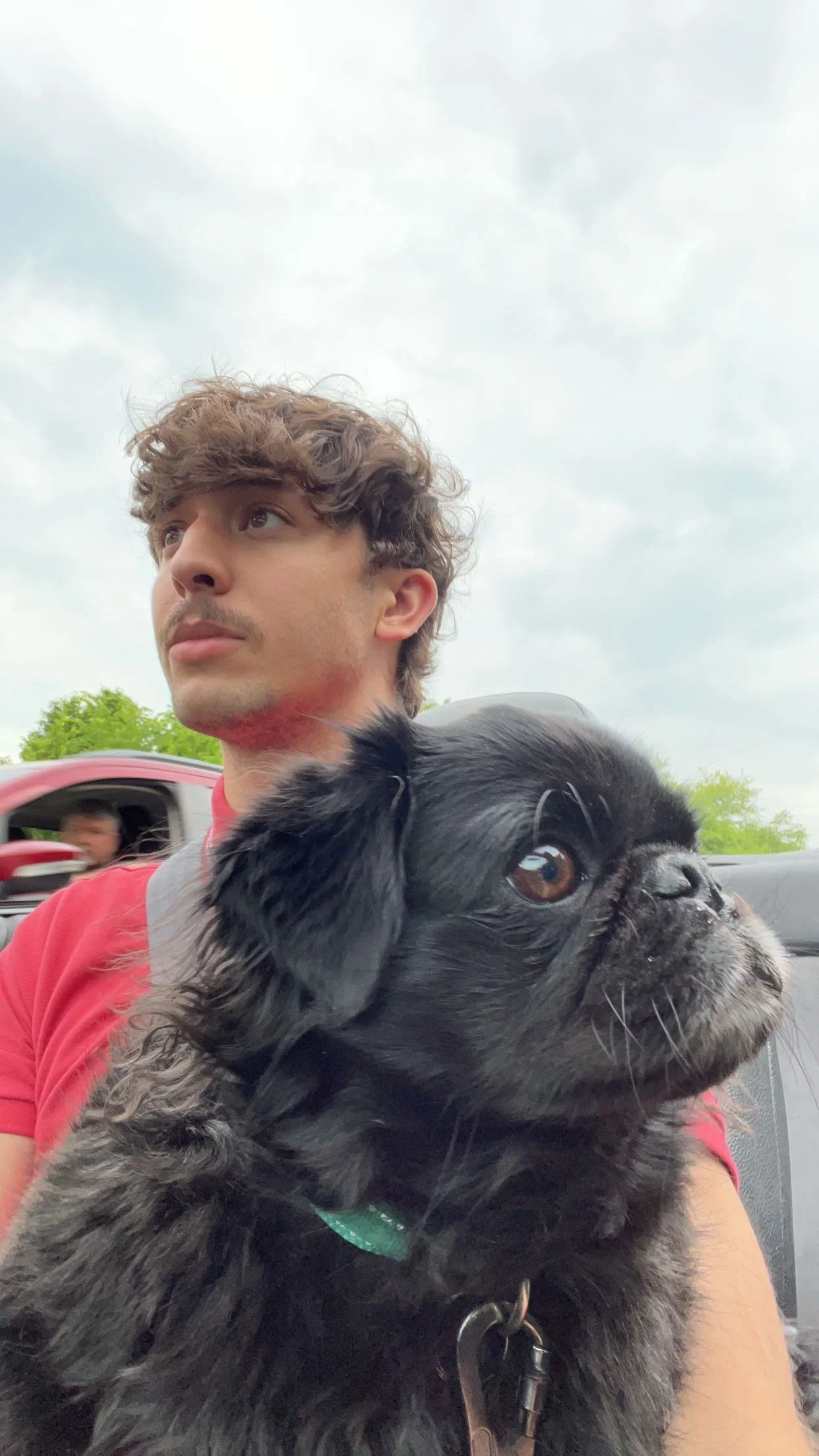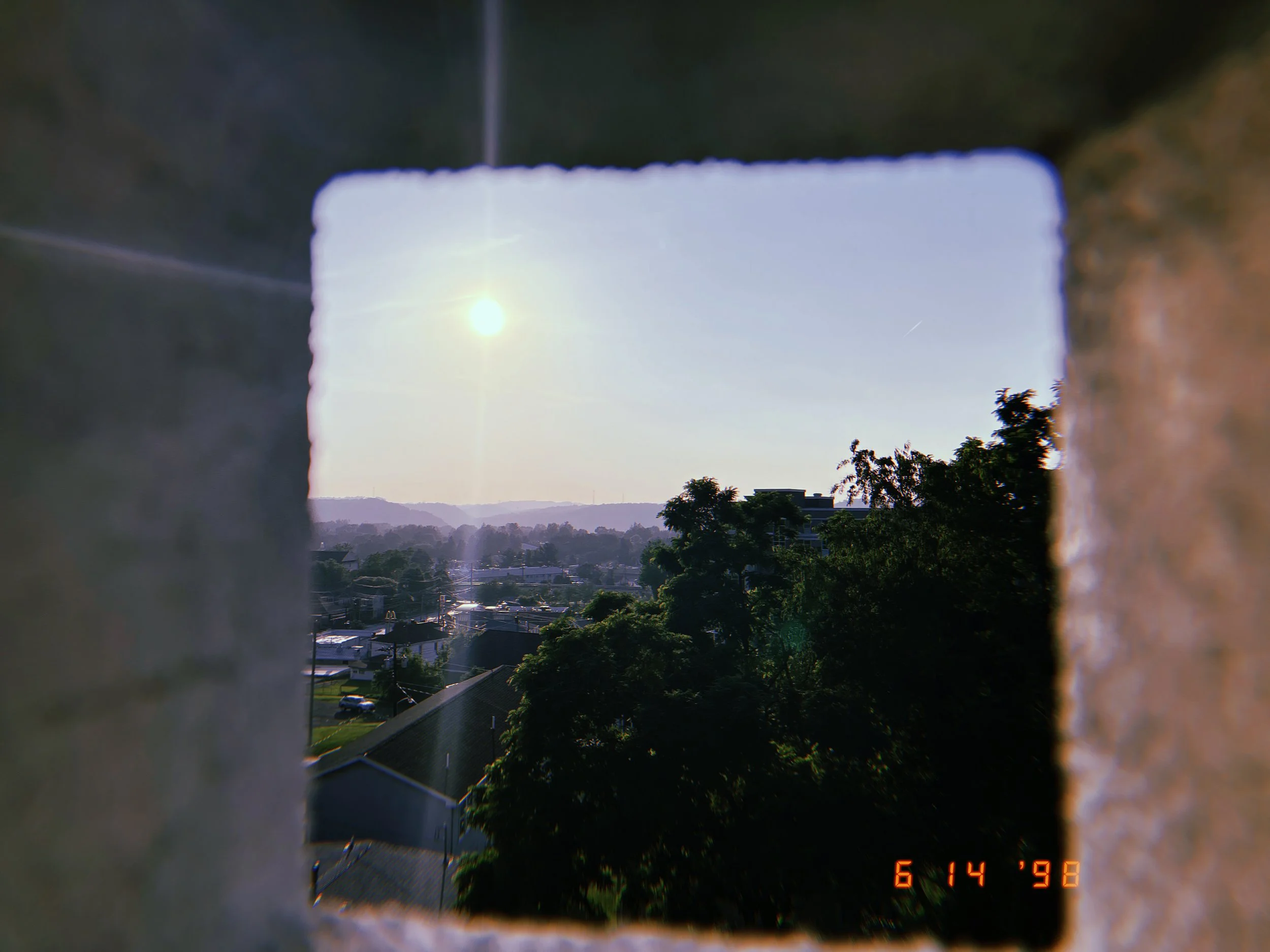Hey, there…
My name is Zachary M. Calvert, and I am a young aspiring green designer.
Born and raised in the ancient Appalachian mountains of West Virginia, I found inspiration for a career in design and sustainability through the decline of my small city, Wheeling, a relic of the industrial revolution and colonization. In High School, I found fellow mountaineers with like-minded interests and helped create a Green Club and Makerspace for my school. This led me to pursue a degree in Design Studies with minors in Sustainable Design and Art History from West Virginia University.
With my interdisciplinary education, I seek to become a master of design thinking and practices to create sustainable resources that are universally accessible, equitable, and inclusive.
Art History - Before delving into the study of art history, I often humorously referred to myself as historically illiterate. I recognized a gap in my understanding of how various elements converged to shape historical contexts and the perspectives of individuals from the past. During discussions of historical human experiences, I observed that certain crucial aspects—those that truly encapsulate the human condition—were frequently overlooked in conventional narratives.
Art history has proven to be the vital component that completed my intellectual framework. Through this discipline, I have cultivated a deeper comprehension of human expression, values, societal structures, religious beliefs, and pivotal events. Engaging with historical artifacts—ranging from architecture and artworks to furnishings, tools, and garments—has allowed me to uncover intricate narratives that might otherwise remain obscured. These objects and spaces, which we interact with daily, serve as profound reflections of our emotions, values, and ideologies, intricately woven into their design.
Sustainable Design - In an era characterized by environmental uncertainty and existential challenges, the pursuit of sustainable design emerges as a crucial and responsible pathway forward. My education in this field has equipped me with the knowledge to critically evaluate the social, economic, and environmental ramifications of my decisions, both in my professional endeavors and personal life. Through this journey, I have gained valuable insights into sustainable technologies, organizations, and certification processes that underscore the importance of responsible practices.
Sustainable design is not merely an option; it is an imperative for the preservation of our planet and its resources. By adopting sustainable practices, we can safeguard our collective future, protect the elements of our environment that are beneficial, and ensure the conservation of increasingly scarce resources. It is a matter of survival.
Design Studies - Design serves as the essential conduit through which we realize our aspirations and ambitions. It completes the trifecta of my educational pursuits, allowing me to synthesize my understanding of historical contexts with the knowledge necessary to forge a new reality—one that embodies our collective dreams. While my major emphasized research and presentation over craftsmanship—an aspect I would have appreciated more—this academic experience in design thinking has fortified my confidence in my design concepts and methodologies.
I find myself integrating design thinking principles into various facets of my life, a practice that, while it may seem cliché, is deeply sincere. This approach has not only enhanced my professional capabilities but has also fostered a more fulfilling and balanced lifestyle. By embracing design as a transformative force, I am better equipped to navigate the complexities of our modern world and contribute meaningfully to our shared future.
Let’s dive a little deeper…
Personal Philosophy
Career
Collaboration - My personal research and perspective are inherently limited to my own experiences, and with billions of individuals in the world, it would be shortsighted to ignore the wealth of external information available. I have discovered that the most effective collaborators often come from industries distinct from my own. By embracing a collective of diverse voices, we can construct enlightening bridges across different fields, fostering synergy and innovation. This collaborative approach not only broadens our understanding but also enriches the solutions we develop, cultivating a more comprehensive and impactful design process.
Social equity & Inclusivity - I do not exist in isolation; my reality is intertwined with that of others. It is essential to consider the diverse needs of all individuals in the design process, ensuring that spaces and resources are created to provide equal opportunities for everyone to thrive. This commitment to inclusivity not only enriches the design outcomes but also fosters a sense of belonging and empowerment within communities. By prioritizing the varied experiences and perspectives of all people, we can craft environments that truly serve and uplift everyone.
Thinking Big Picture
Q&A
-
As someone who is known to be quite the hobby collector, it is difficult to choose. However, I must say playing the piano! I have always especially loved playing classical pieces.
-
I am fascinated by urban farming techniques like hydroponics, aquaponics, etc. I am also very interested in the biophilia hypothesis, and would like to integrate these practices into my designs.
-
Everyday, or just about so, I try to do some yoga!
-
The first thing that comes to mind is an art exhibit that I encountered in college, Companion Species by Marie Watt. The exhibit “explores the relationships between humans, animals, and nature” through indigenous teachings and matriarchal traditions.






